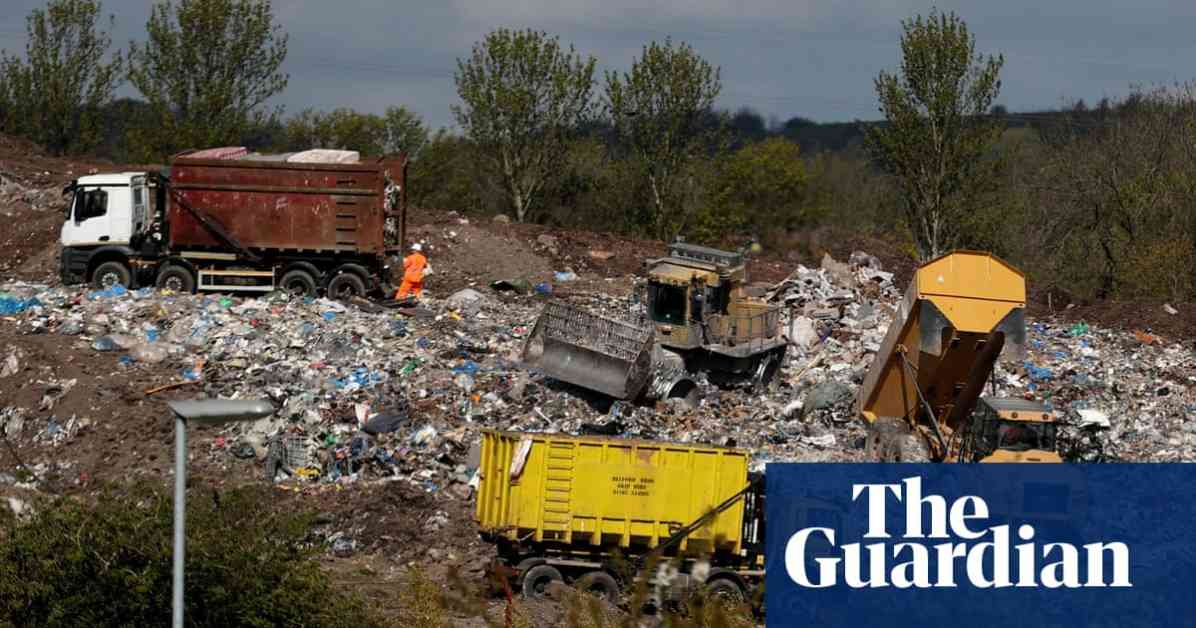The Environment Agency (EA) in England is facing increasing challenges with the rise in sites potentially contaminated with cancer-causing “forever chemicals” known as per- and polyfluoroalkyl substances (PFAS). Despite identifying over 10,000 locations that may be contaminated, the agency is currently only taking action on four sites due to budget constraints.
Among the problem sites identified by the EA are a former RAF airfield in Cambridgeshire, a fire service college in the Cotswolds, a chemicals plant in Lancashire, and a fire protection equipment supplier in North Yorkshire. These sites are being investigated for elevated levels of PFAS, which have been linked to various diseases including cancer.
Notably, firefighting foams containing banned PFAS were widely used in the past, explaining the contamination around former RAF bases and fire service colleges. The EA is working to assess the extent of contamination and potential risks to public health and the environment at these locations.
The cost of investigating and monitoring PFAS contamination at these sites is a significant concern for the EA, with estimates ranging from £1.8m to £2.7m for just four problem sites. These costs do not include expenses for cleaning up the sites, which may fall to the EA if responsible parties cannot be identified.
Dr. Shubhi Sharma from the charity Chem Trust emphasized the importance of the polluter pays principle, urging the chemical industry to take financial responsibility for addressing PFAS pollution. The government is also considering restrictions on PFAS in firefighting foams to prevent further contamination and protect the environment.
In addition to known problem sites, historic landfills, wastewater treatment works, heavy industry sites, and fire stations are also potential sources of PFAS pollution. Unused foams containing banned PFAS are stockpiled across the country, posing a risk to soil and water quality.
The EA is working on a multi-year program to better understand and manage PFAS pollution in England, collaborating with various partners to assess environmental risks and develop mitigation strategies. The government’s commitment to addressing PFAS contamination and managing chemical risks is crucial for protecting public health and the environment.
As the investigation into PFAS contamination continues, it is essential for all stakeholders to work together to prevent further pollution and ensure the responsible parties are held accountable for cleaning up contaminated sites. By addressing the challenges posed by “forever chemicals” like PFAS, efforts can be made to safeguard the health and well-being of communities and the environment for future generations.












